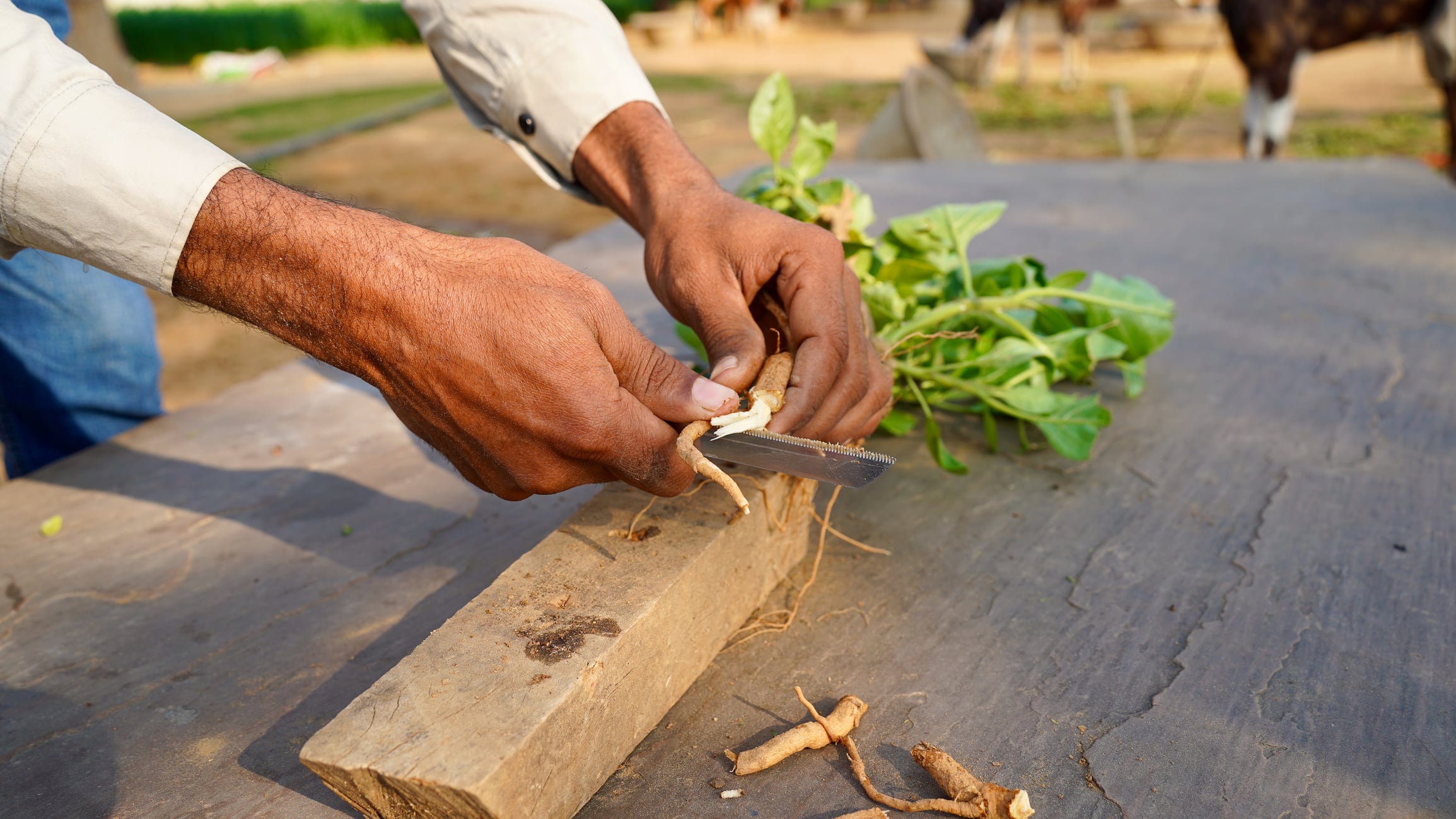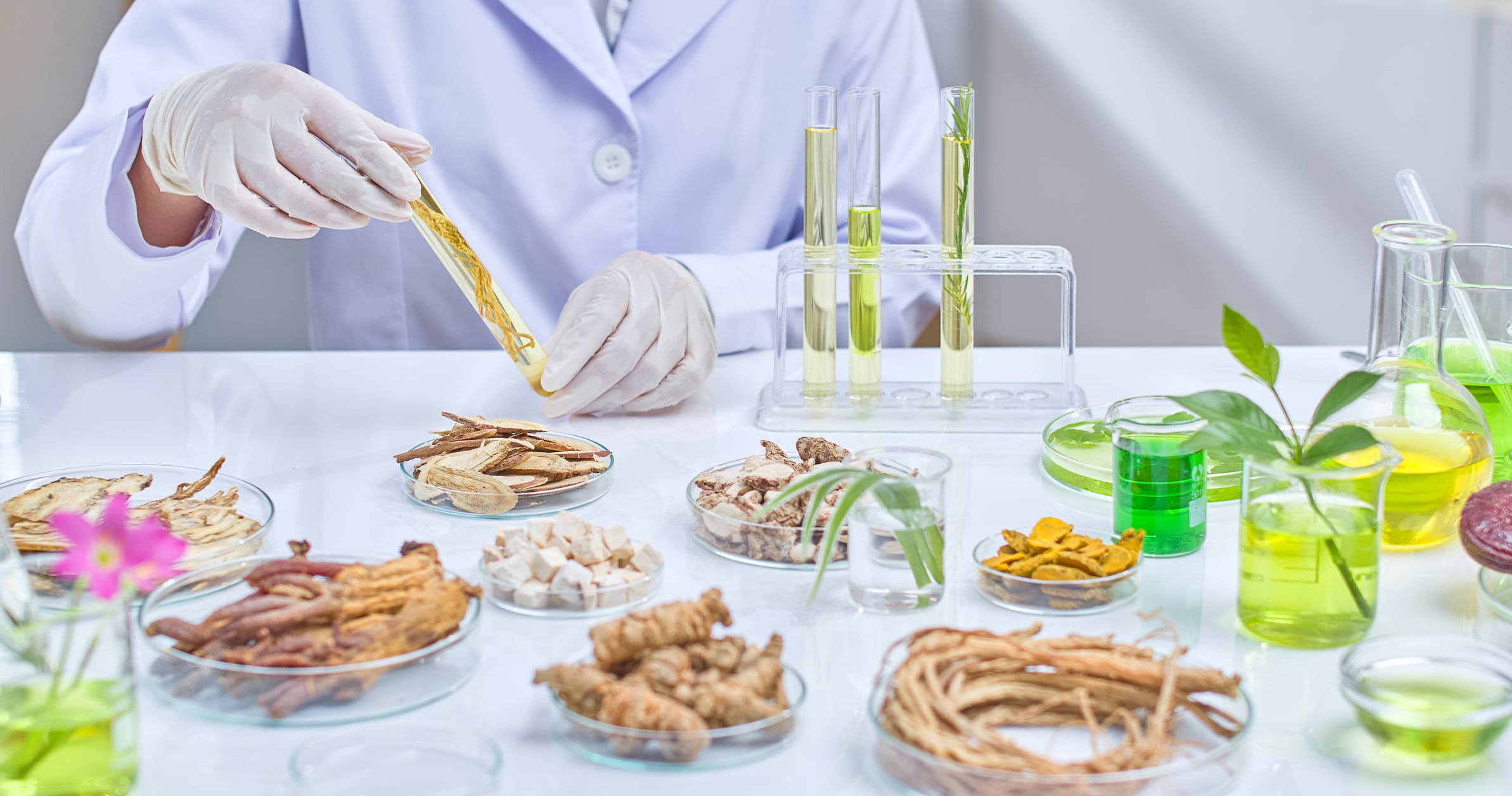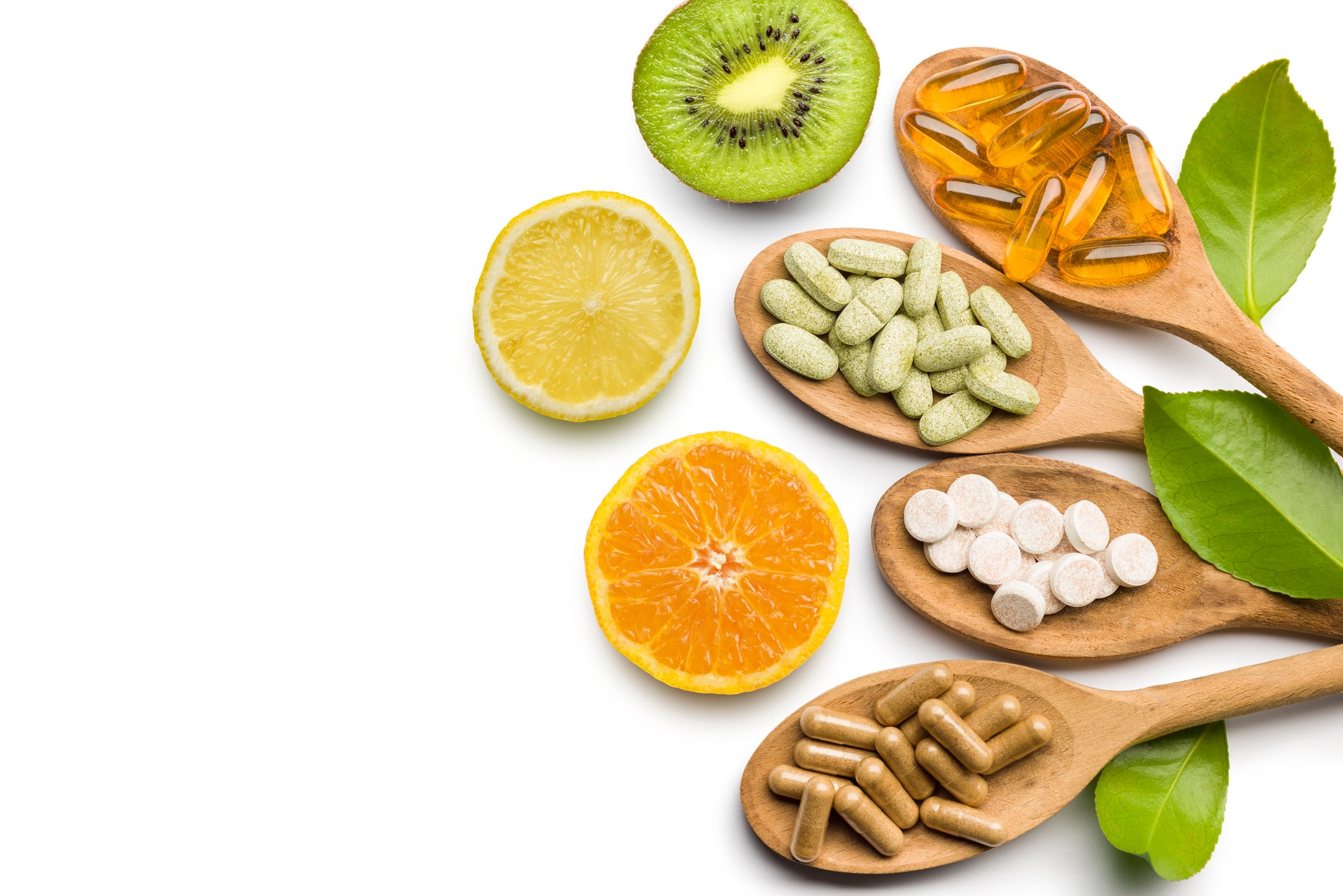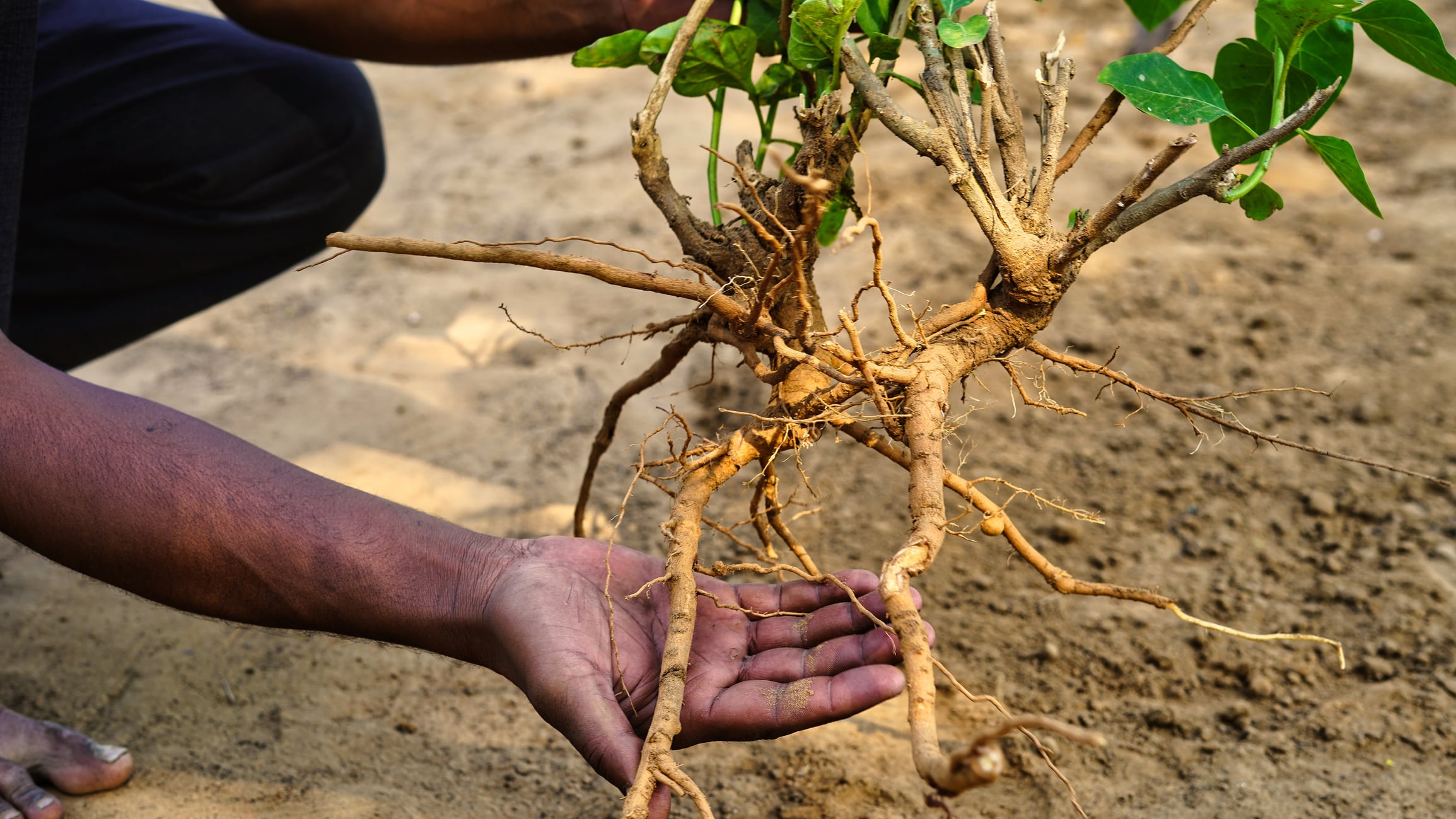This marks the first direct evidence in humans that the type of withanolide—not just the total content—significantly influences absorption and efficacy.
Published in Current Therapeutic Research, the randomized, open-label, crossover clinical study evaluated the oral bioavailability of Shoden ashwagandha extract, developed by Arjuna Natural Pvt., Ltd., India, in 16 healthy adults.
Participants received a single oral dose of one of four ashwagandha extracts, with varying compositions of 35% Withania somnifera withanolide glycosides (WS-35), 10% (WS-10), 5% (WS-5) or 2.5% (WS-2.5). Each sample was standardized to deliver 185 mg of total withanolides.
Seventeen blood samples were collected over a 24-hour period after dosing. Plasma concentrations of withanolide A, withanoside IV, withaferin A and total withanolides were quantified, and pharmacokinetic parameters—how the body metabolizes a substance over time—were calculated.
Findings revealed significant differences in the pharmacokinetic profiles. Extracts rich in withanolide glycosides—particularly those derived from the plant—demonstrated markedly higher systemic exposure. These extracts showed longer half-lives, indicating prolonged circulation of active compounds in the body.
Holistic health benefits
Also known as “Indian ginseng,” the ashwagandha has been used in Ayurvedic medicine for centuries to support longevity and mental wellness as well as for its antioxidant, anti-inflammatory and immunomodulatory properties.
Aswagandha extracts on the market, however, differ considerably in their active compound profiles, with companies employing varying analytical methods, plant parts, manufacturing processes and recommended dosages. These variables can potentially affect the absorption and therapeutic efficacy of the extracts.
Prior research indicates Shoden’s mechanisms of action include the ability to regulate the hypothalamus-pituitary-adrenal axis, reducing the stress hormone cortisol and increasing relaxing GABA neurotransmitters. One clinical study highlighted its immunomodulating propertiess, reporting improvements in immune cell markers, and toxicity studies have endorsed its safety.
Suggested new gold standard
“Clinical data now confirm that withanolide glycosides stand out not just for quantity but for quality, with higher bioavailable than other withanolide types,” said Benny Antony, PhD, joint managing director of Arjuna Natural. “Our findings suggest that the strength of ashwagandha is in its withanolide profile, specifically the chemical nature of the withanolides—and not their total amount.
“This plays a critical role in determining the uptake and metabolism of ashwagandha extracts in the body for optimal effect. This study emphasized the importance of extract composition and the plant parts used.”
Shoden provides 35% withanolide glycosides through the use of carefully chosen and validated ashwagandha sources and a proprietary extraction process to deliver a “potent holistic charge” of the adaptogen, even at a low dose of 60 mg.
“These findings have major implications for both consumers and supplement manufacturers,” Antony added. “As ashwagandha continues to gain popularity for its adaptogenic, cognitive and stress-relieving benefits, the current research underscores the need for more detailed labeling and standardization that goes beyond total withanolide content.”
He suggested future clinical studies and product formulations should consider the specific withanolide profile—particularly the presence of glycosides—to deliver ashwagandha extracts with maximum efficacy and consistency.
Source: Current Therapeutic Research. doi: 10.1016/j.curtheres.2025.100805. “Randomized, Double-Blind, Crossover Study Comparing the Bioavailability of 4 Ashwagandha (Withania somnifera (L.) Dunal) Extracts in Healthy Adults Under Fasting Condition”. Authors: Rathi, P., Kim, S-K.





